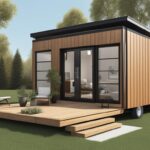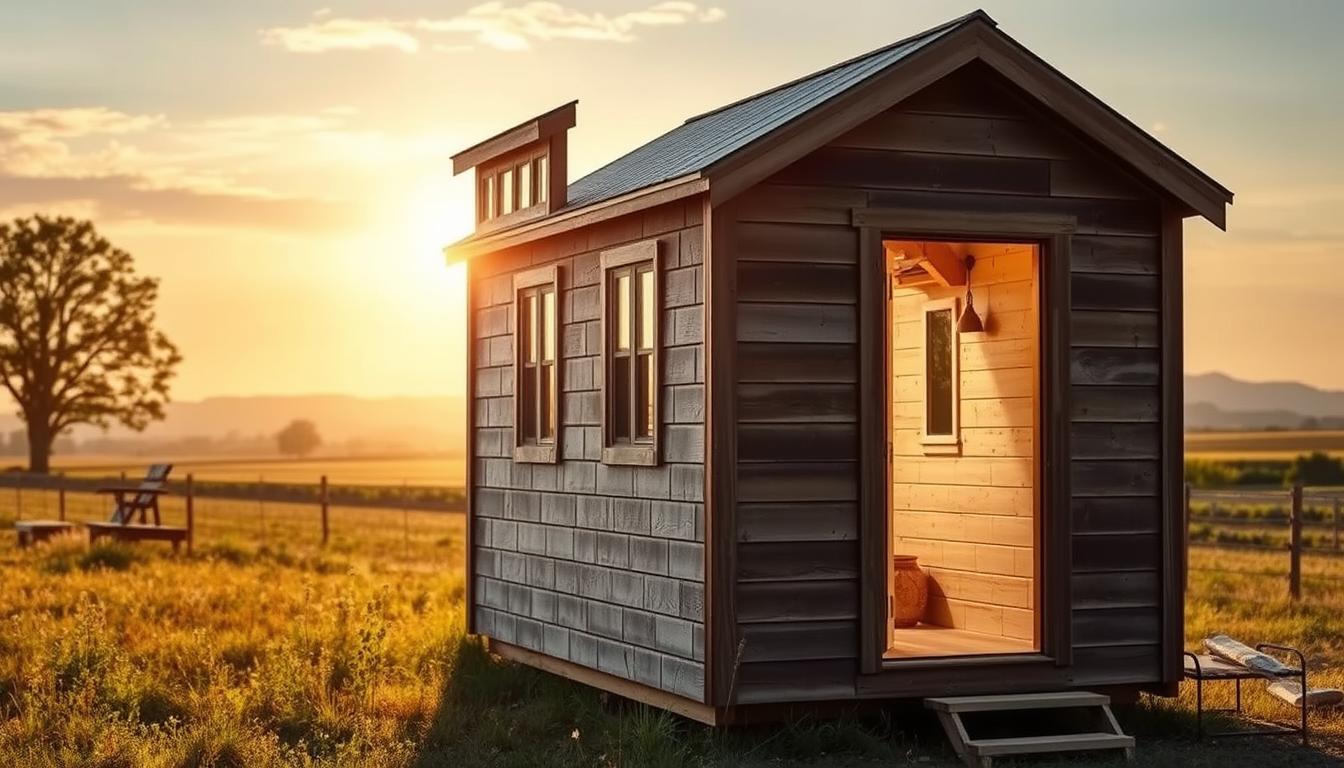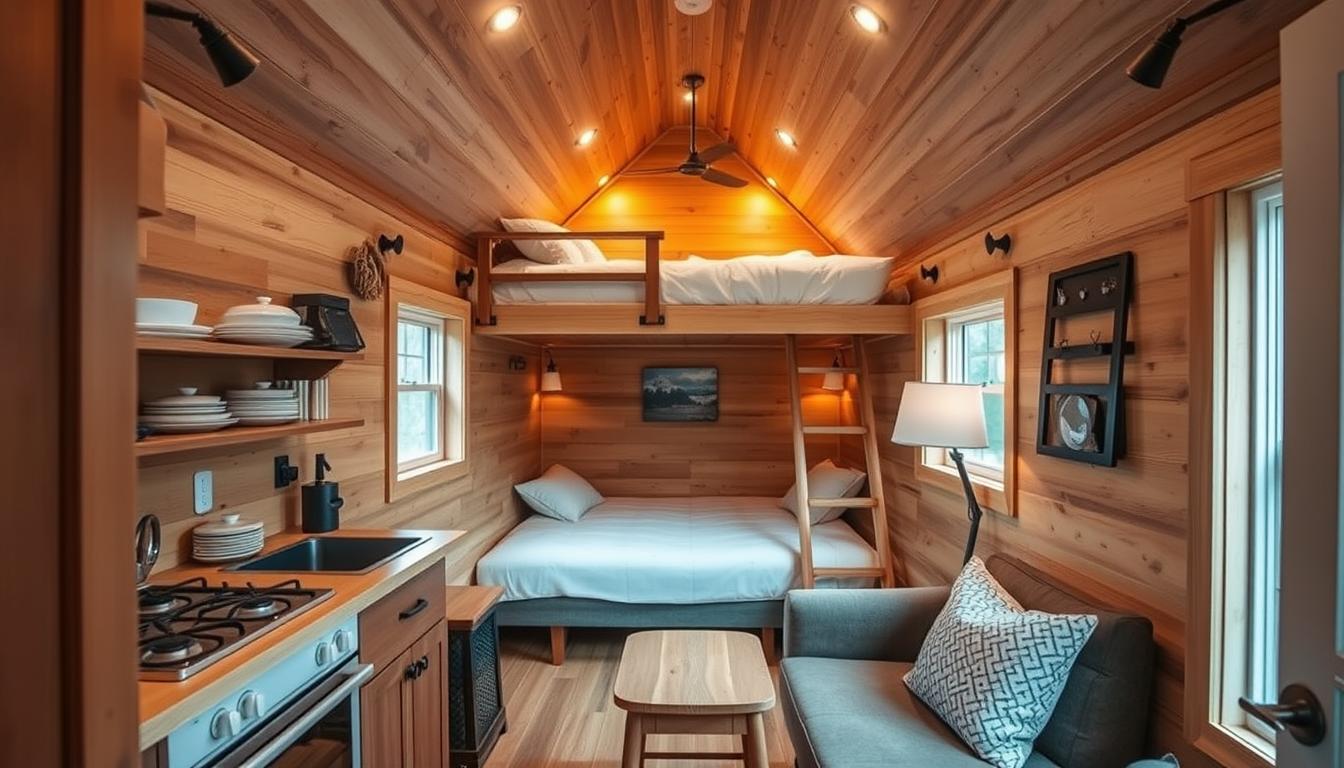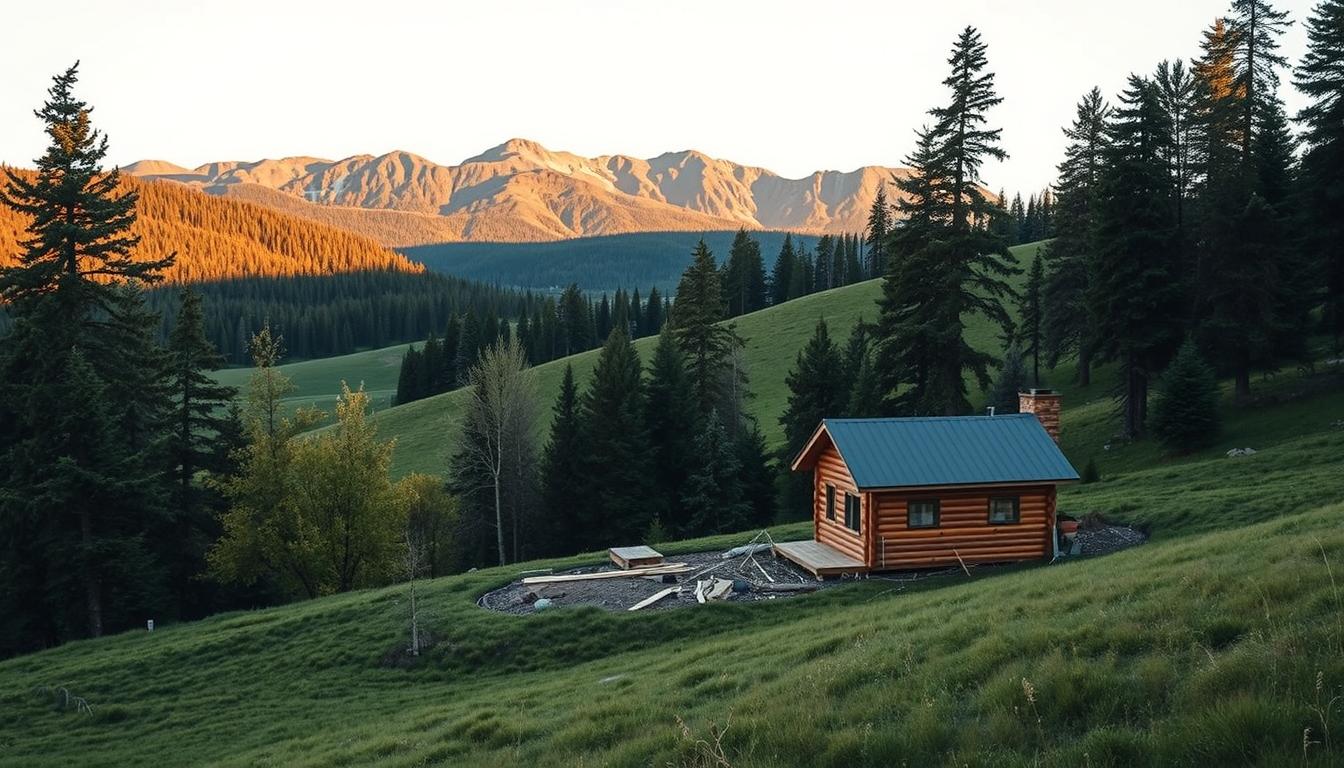Learn about Prefab Tiny Houses
By reading this article, you will learn:
– The rising popularity and benefits of prefab tiny houses.
– Different styles, customization options, and considerations for choosing the right type of prefab tiny house.
– Legal considerations, cost analysis, sustainability, maintenance, and community aspects of prefab tiny house living.
Definition of Prefab Tiny Houses
What are prefab tiny houses, and what makes them an attractive housing option? Prefab tiny houses, also known as “tiny homes,” are compact residential structures that are prefabricated off-site and then transported to their final location for assembly. Ranging from 100 to 400 square feet in size, these homes are designed to maximize functionality within a small footprint, offering affordability, sustainability, and a minimalist lifestyle.
The Rising Popularity of Prefab Tiny Houses
The growing popularity of prefab tiny houses can be attributed to several factors. With housing costs soaring and an increasing focus on sustainable living, more people are turning to these compact dwellings as a viable housing solution. Additionally, the flexibility and mobility they provide make them an attractive option for individuals seeking a simpler and more affordable lifestyle.
Benefits of Choosing a Prefab Tiny House
The benefits of opting for a prefab tiny house are manifold. These include reduced construction costs, lower energy consumption, minimal maintenance requirements, and the ability to live off the grid if desired. Furthermore, the smaller ecological footprint of prefab tiny houses aligns with the growing global emphasis on environmental conservation and sustainable living.
Understanding Prefab Tiny Houses
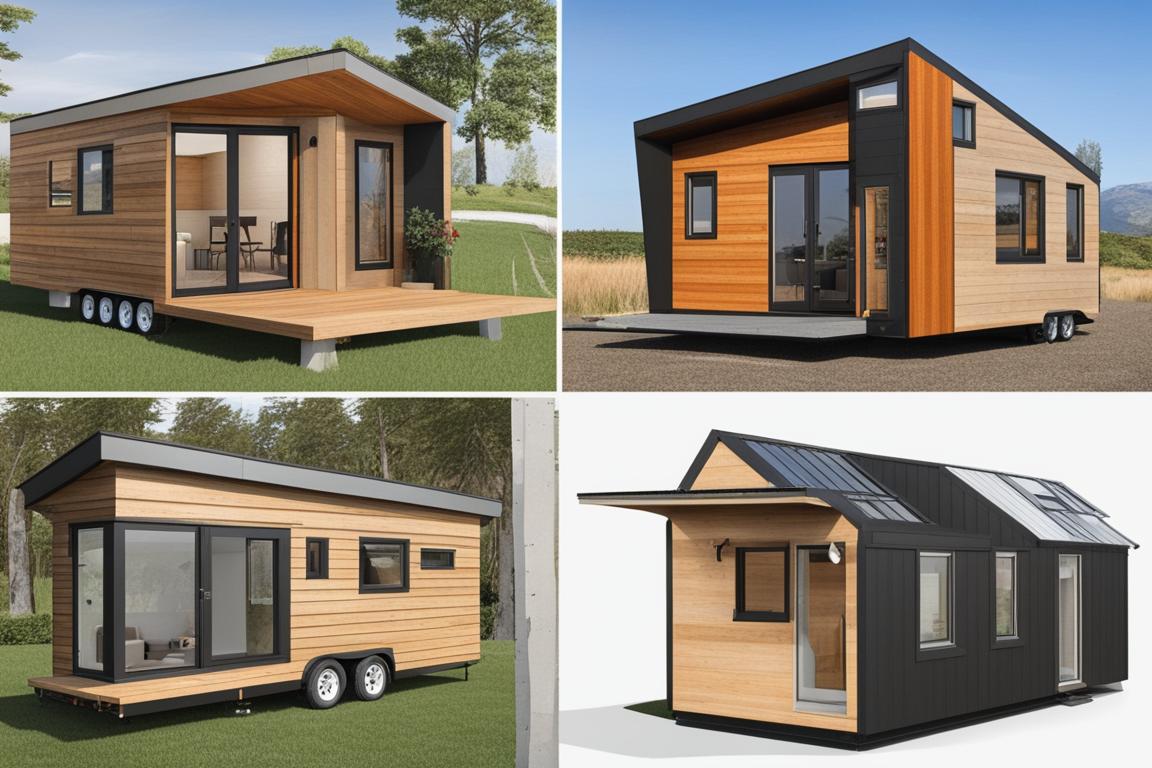
Different Styles and Designs of Prefab Tiny Houses
Prefab tiny houses come in a diverse array of styles and designs, catering to various aesthetic preferences and functional requirements. From sleek, modern designs to rustic and traditional aesthetics, there is a prefab tiny house to suit every taste. Additionally, some companies offer customizable options, allowing individuals to tailor the design to their specific needs and personal style.
Customization Options for Prefab Tiny Houses
One of the appealing aspects of prefab tiny houses is the ability to customize the interior layout and features. This customization may include the incorporation of space-saving furniture, energy-efficient appliances, and sustainable materials. Moreover, individuals can choose from a range of exterior finishes, roofing materials, and siding options to create a personalized and visually appealing home.
Considerations for Choosing the Right Type of Prefab Tiny House
When selecting a prefab tiny house, it’s essential to consider factors such as size, layout, and the inclusion of amenities. Additionally, evaluating the insulation, construction materials, and overall build quality is crucial to ensure the home meets the desired comfort and durability standards.
Planning, Design, and Budgeting
Finding the Right Location for a Prefab Tiny House
Before embarking on the journey of owning a prefab tiny house, it’s vital to identify a suitable location for installation. Factors to consider include zoning regulations, proximity to essential amenities, access to utilities, and the overall landscape and topography of the site.
Budgeting and Financial Considerations for a Prefab Tiny House
While prefab tiny houses are generally more affordable than traditional homes, it’s important to establish a comprehensive budget that encompasses not only the initial purchase and installation costs but also ongoing expenses such as utilities, maintenance, and potential upgrades.
Working with a Designer or Architect for Customizations
Engaging with a skilled designer or architect can greatly enhance the customization process of a prefab tiny house. These professionals can offer valuable insights into space optimization, material selection, and energy-efficient design strategies, ensuring that the final product aligns with the homeowner’s vision and practical needs.
| Considerations for Choosing the Right Type of Prefab Tiny House | Overview of the Prefab Construction Process |
|---|---|
| Size, layout, and amenities | Assembly of individual components in a controlled factory setting |
| Insulation, construction materials, and build quality | Minimized material waste and accelerated construction timelines |
Construction and Quality Control
Overview of the Prefab Construction Process
The construction of a prefab tiny house typically involves the assembly of individual components in a controlled factory setting. This streamlined process minimizes material waste, accelerates construction timelines, and ensures a higher degree of precision compared to traditional on-site building methods.
Timeline for Building a Prefab Tiny House
The construction timeline for a prefab tiny house varies depending on the complexity of the design, customization requirements, and the manufacturer’s production schedule. On average, the construction and assembly of a prefab tiny house can range from a few weeks to a few months.
Quality Control and Standards in Prefab Construction
Reputable prefab tiny house manufacturers adhere to stringent quality control measures to guarantee the structural integrity and safety of their products. Compliance with industry standards and building codes is paramount, and prospective buyers should seek out manufacturers with a proven track record of producing high-quality, code-compliant prefab homes.
Installation, Utilities, and Site Preparation
Site Preparation for a Prefab Tiny House
Preparing the installation site involves clearing the land, leveling the ground, and creating a stable foundation for the prefab tiny house. Depending on the local regulations and environmental considerations, site preparation may also involve utility hookups, drainage planning, and landscaping.
Utilities and Infrastructure Requirements
Ensuring access to essential utilities such as water, electricity, and sewage disposal is fundamental to the functionality of a prefab tiny house. Off-grid living options may necessitate alternative sources of power generation, water collection, and waste management systems.
Setting Up the Prefab Tiny House On-Site
The assembly and installation of a prefab tiny house on-site typically require the coordination of skilled professionals, including contractors, electricians, and plumbers. Careful attention to detail during this phase is crucial to guaranteeing the structural stability and operational efficiency of the home.
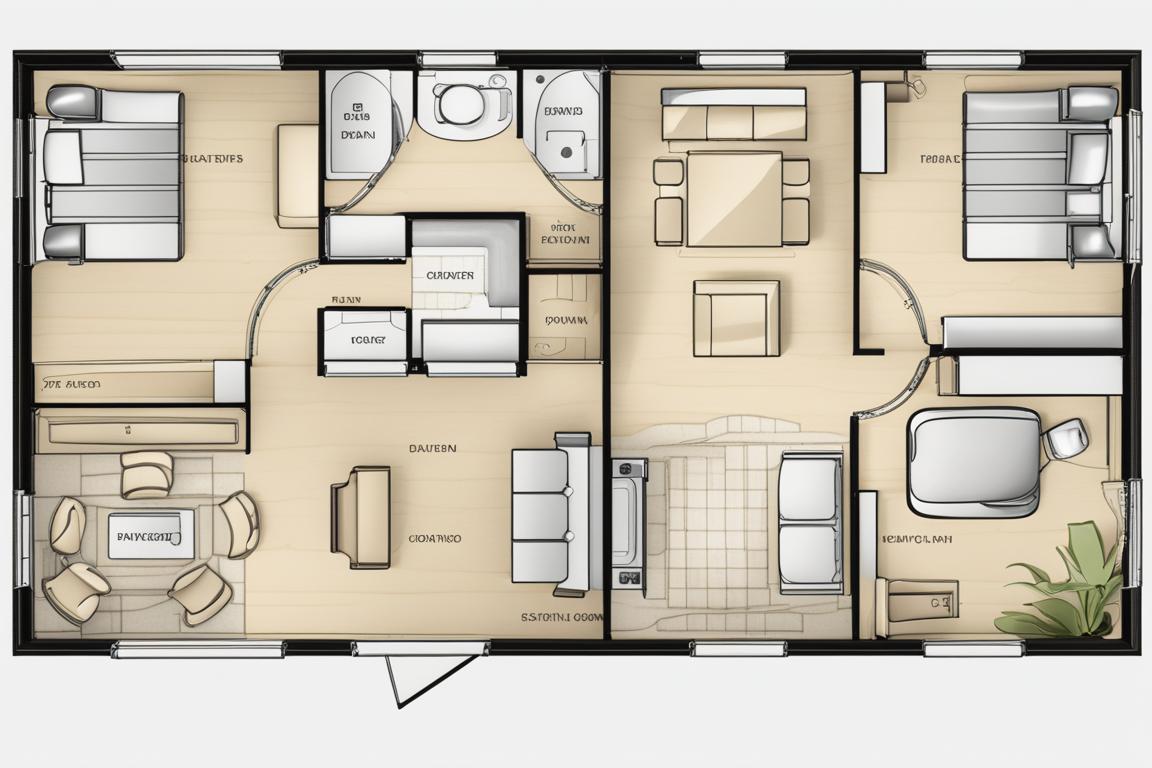
Interior and Exterior Features
Furnishing and Decorating a Prefab Tiny House
Furnishing a prefab tiny house involves strategic space planning and the selection of multi-functional furniture pieces to maximize the available square footage. Additionally, creative interior design solutions can contribute to a visually appealing and comfortable living environment within the constraints of a compact space.
Maximizing Space and Storage Solutions
In a prefab tiny house, efficient storage solutions are paramount to maintaining an organized and clutter-free living space. Utilizing innovative storage options such as built-in cabinets, lofted platforms, and fold-away furniture can optimize the use of limited space while preserving a sense of openness.
Energy-Efficient and Sustainable Features
Incorporating sustainable design elements, energy-efficient appliances, and eco-friendly materials into the interior and exterior of a prefab tiny house not only reduces environmental impact but also contributes to long-term cost savings and enhanced overall comfort for the occupants.
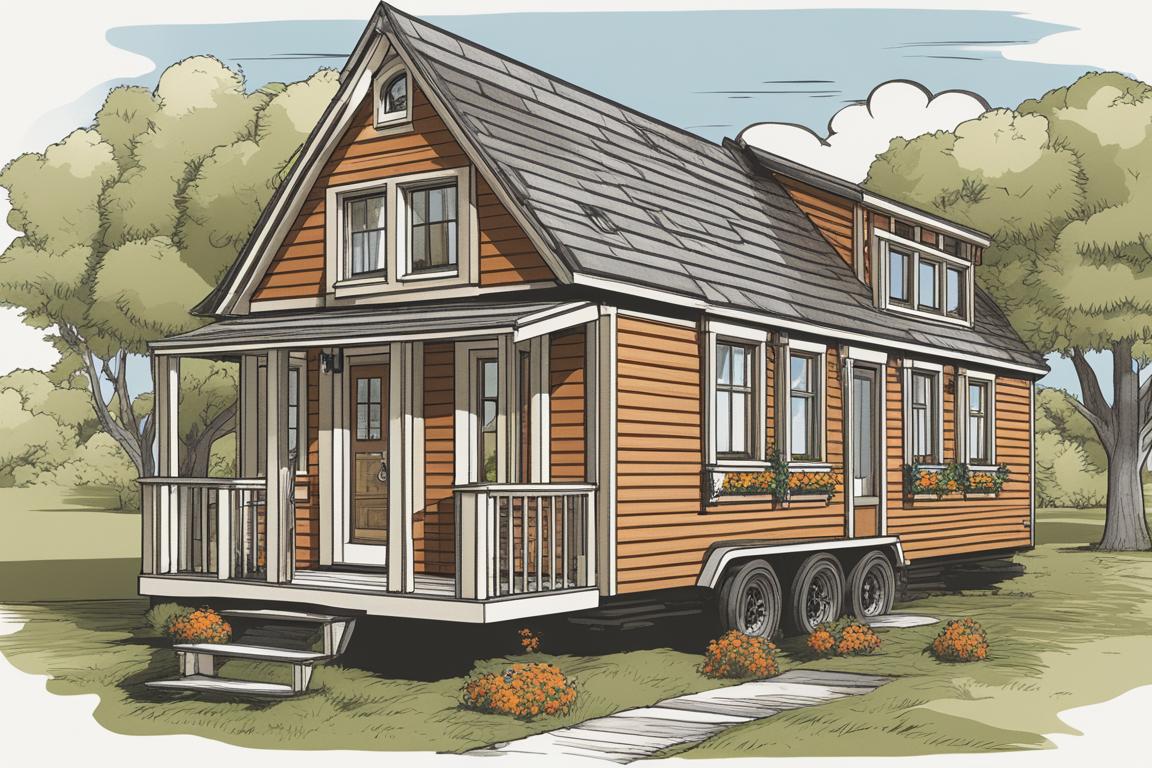
Legal and Regulatory Considerations
Zoning Laws and Regulations for Tiny Houses
Navigating the complex landscape of zoning laws and regulations is a crucial aspect of prefab tiny house ownership. Understanding the specific zoning requirements for tiny houses in different regions is essential to avoid potential legal complications and ensure compliance with local ordinances.
Building Codes and Permits for Prefab Tiny Houses
Securing the necessary building permits and adhering to building codes is imperative when installing a prefab tiny house. Compliance with these regulations not only guarantees the safety and habitability of the home but also protects the homeowner from potential fines or legal repercussions.
Understanding the Legal Aspects of Living in a Prefab Tiny House
From land use agreements to property taxation, it’s essential for prefab tiny house owners to have a comprehensive understanding of the legal considerations associated with their chosen living arrangement. Seeking legal counsel or consulting with professionals experienced in tiny house regulations can provide valuable guidance in navigating these legal complexities.
Cost Analysis and Long-Term Financial Considerations
Comparing the Cost of Prefab Tiny Houses to Traditional Homes
When assessing the financial feasibility of a prefab tiny house, it’s prudent to compare the upfront and ongoing costs associated with traditional homeownership. While the initial investment in a prefab tiny house may be lower, long-term expenses such as maintenance, utilities, and potential resale value should be carefully evaluated.
Factors Influencing the Cost of Prefab Tiny Houses
Several factors influence the overall cost of a prefab tiny house, including the choice of materials, customization options, location, and the level of off-grid self-sufficiency desired. Understanding these cost determinants is essential for prospective buyers to make informed decisions aligned with their budget and lifestyle preferences.
Long-Term Financial Considerations for Prefab Tiny House Living
Assessing the long-term financial implications of living in a prefab tiny house encompasses evaluating ongoing maintenance costs, potential resale value, and the overall financial sustainability of the chosen lifestyle. Developing a comprehensive financial plan tailored to the unique aspects of prefab tiny house living is crucial for long-term financial security.
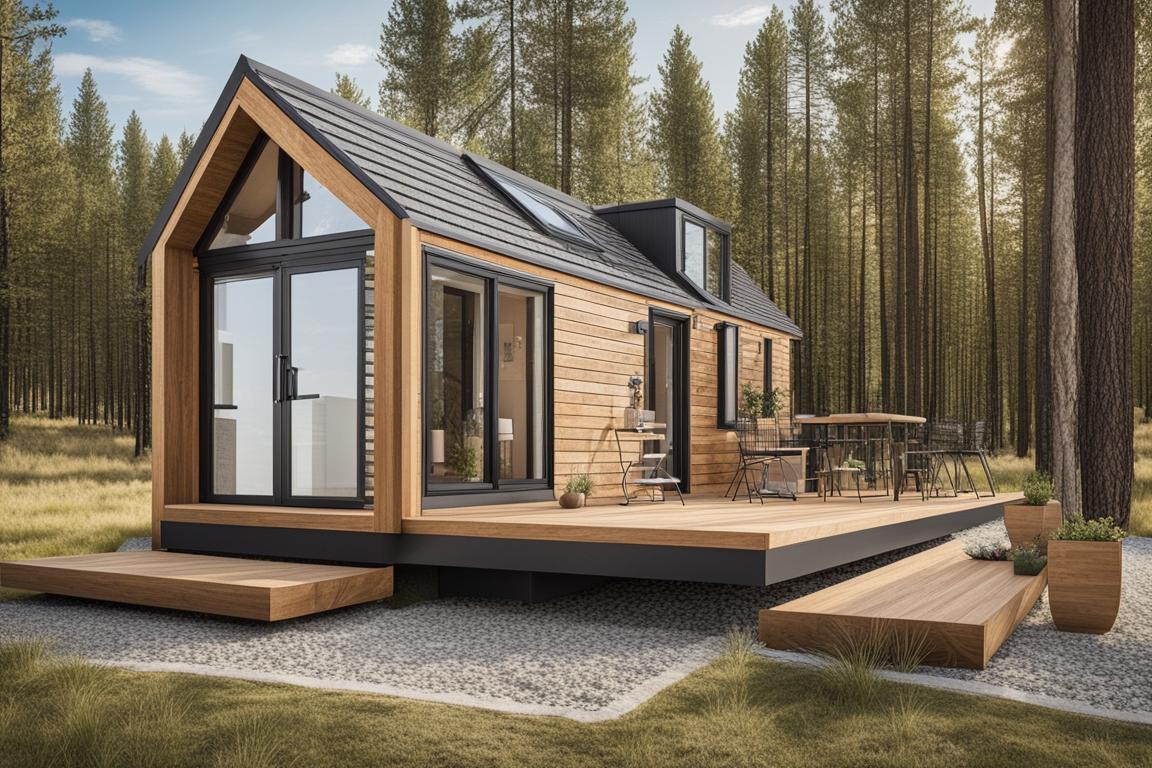
Real-Life Experiences and Testimonials from Prefab Tiny House Owners
Making the Most of Limited Space
My husband and I decided to downsize and embrace a simpler lifestyle by moving into a prefab tiny house. Despite initial concerns about limited space, we were surprised at how easy it was to maximize the layout and storage options. By implementing creative solutions like built-in furniture with hidden storage compartments and utilizing vertical wall space for shelving, we were able to create a cozy and functional living environment. Our experience highlights how thoughtful design and organization can make a significant difference in a tiny home.
This new section provides a real-life example of how a couple effectively made use of limited space in their prefab tiny house. It offers practical insights and demonstrates the benefits of thoughtful design and organization, further emphasizing the advantages of choosing a prefab tiny house.
Pros and Cons of Prefab Tiny Houses
Advantages of Prefab Tiny Houses
- Affordability and cost-effectiveness
- Reduced environmental impact
- Flexibility and mobility
- Minimalist lifestyle benefits
- Lower maintenance and utility costs
Challenges and Limitations of Prefab Construction
- Limited space and storage
- Zoning and regulatory hurdles
- Potential social and cultural stigmas
- Resale and marketability considerations
- Adaptation to a simplified lifestyle
Real-Life Experiences and Testimonials from Prefab Tiny House Owners
Gaining insights from individuals who have firsthand experience living in prefab tiny houses can offer valuable perspectives on the practicalities, challenges, and rewards associated with this lifestyle choice. These testimonials can provide aspiring prefab tiny house owners with realistic expectations and a deeper understanding of what to anticipate.
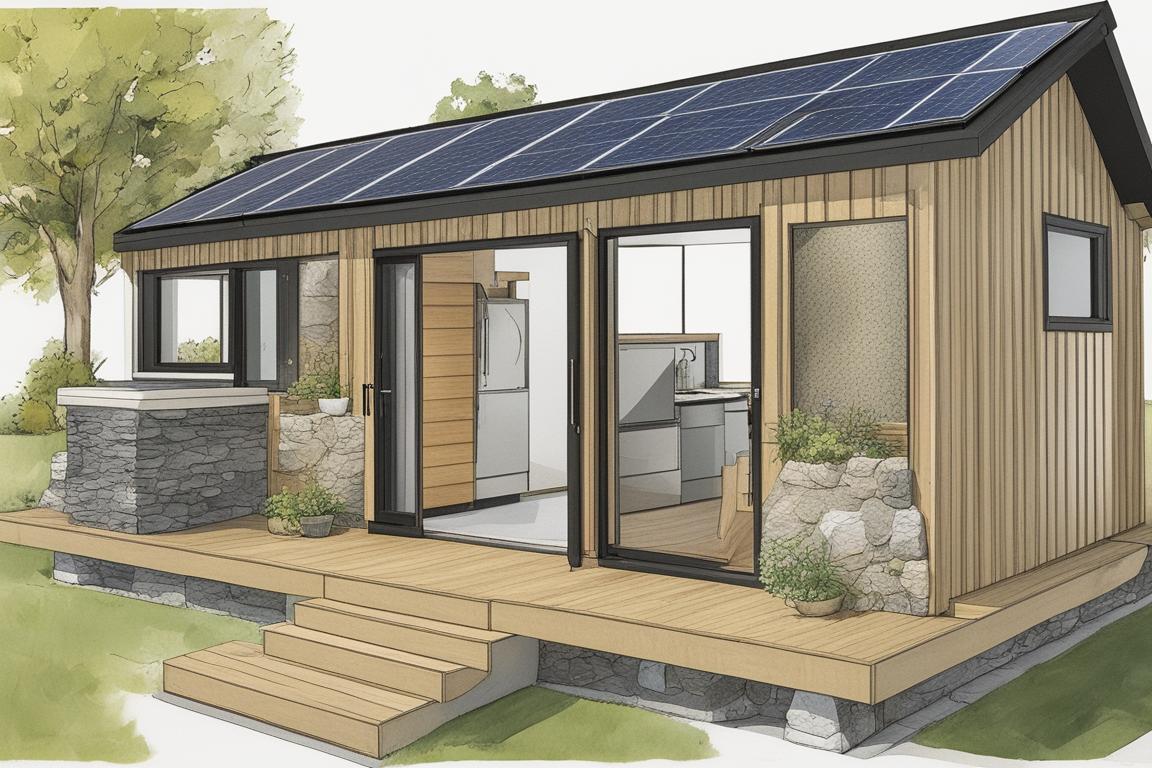
Sustainability and Environmental Impact
Eco-Friendly Features of Prefab Tiny Houses
Prefab tiny houses are inherently conducive to sustainable living practices, with many designs incorporating eco-friendly features such as solar panels, rainwater collection systems, and energy-efficient appliances. These elements contribute to a reduced carbon footprint and align with the global push for environmentally responsible living solutions.
Carbon Footprint of Prefab Construction
Compared to traditional construction methods, prefab construction generally results in lower energy consumption and reduced construction waste. The controlled manufacturing environment and optimized material usage contribute to a minimized carbon footprint, making prefab tiny houses an eco-conscious housing option.
Incorporating Sustainable Practices in Prefab Tiny House Living
Beyond the construction phase, sustainable living in a prefab tiny house involves conscientious resource management, recycling initiatives, and a focus on energy conservation. Embracing sustainable practices at the individual level further enhances the overall environmental impact of prefab tiny house living.
Maintenance, Upkeep, and Durability
Tips for Maintaining a Prefab Tiny House
Regular maintenance routines, including inspections of structural integrity, plumbing systems, and exterior surfaces, are essential for preserving the longevity and functionality of a prefab tiny house. Additionally, seasonal upkeep and preventative measures can mitigate potential issues and ensure a comfortable living environment.
Common Issues and Repairs for Prefab Construction
Understanding the common maintenance issues specific to prefab construction, such as moisture control, insulation upkeep, and structural settling, enables homeowners to proactively address these concerns and prevent more extensive damage or deterioration.
Longevity and Durability of Prefab Tiny Houses
When built to high-quality standards and well-maintained, prefab tiny houses are designed to offer long-term durability and structural resilience. Investing in a well-constructed prefab tiny house and adhering to a consistent maintenance regimen can contribute to the extended lifespan of the dwelling.
Lifestyle and Community in Prefab Tiny House Living
Embracing a Minimalist Lifestyle in a Prefab Tiny House
Living in a prefab tiny house inherently encourages a simplified, minimalist lifestyle, characterized by a focus on essential possessions, reduced consumption, and a heightened appreciation for experiences over material possessions. Embracing this lifestyle shift can lead to a greater sense of contentment and fulfillment.
Building a Sense of Community in Tiny House Living
Prefab tiny house communities offer residents the opportunity to foster close-knit relationships, share resources, and engage in communal activities. This sense of community can provide emotional support, social connections, and a network of like-minded individuals embracing similar lifestyle values.
Challenges and Rewards of Living in a Prefab Tiny House Community
While the camaraderie and shared experiences within a prefab tiny house community can be deeply rewarding, challenges such as privacy concerns, communal decision-making, and lifestyle adjustments may also arise. Understanding and preparing for these dynamics is integral to thriving within a prefab tiny house community.
In summary, prefab tiny houses offer a unique and sustainable housing solution, encompassing diverse design options, cost-effective living, and a focus on eco-friendly practices. Understanding the intricacies of prefab tiny house living, from legal considerations to long-term financial planning, is crucial for individuals considering this lifestyle choice. By embracing the minimalist ethos and cultivating a sense of community, prefab tiny house owners can embark on a fulfilling and environmentally conscious living experience.
The author of “Prefab Tiny House Essentials: Your Complete How-To Guide” is a licensed architect and sustainable design expert with over 15 years of experience in the construction and housing industry. They hold a Master’s degree in Architecture and have been involved in various projects focusing on sustainable and eco-friendly design principles. Their expertise in prefabricated construction and green building practices has been recognized in leading architectural journals and industry publications.
As a dedicated advocate for affordable and sustainable housing, the author has conducted extensive research on the environmental impact of prefab construction and the long-term financial benefits of tiny house living. They have also worked closely with prefab construction companies and tiny house communities to understand the practical challenges and rewards of this lifestyle.
Their contributions to this guide are informed by their first-hand experience in designing and overseeing the construction of prefab tiny houses, as well as their commitment to promoting sustainable and minimalist living solutions.
